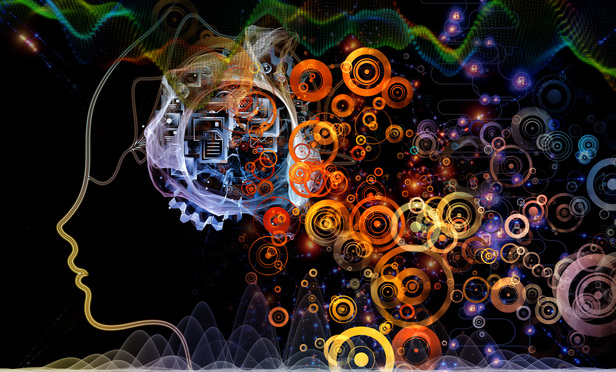To drive somewhere, all you have to tell an automated car is your destination, the rest is technology, albeit complex amazing and sometimes patentable technology. Given any two physical coordinates, the same technical solution should be applicable to any human passenger. However, when legal issues are involved, a human client may not be able to articulate a preferred outcome and also usually needs advice on what results are even possible. A lawyer thus needs a lot more information, and an AI needs a lot more complex, amazing and sometimes patentable technology.
Can artificial intelligence understand its client? Clients often fail to appreciate the relevance of information, and even when they do, they often choose, consciously or not, not to provide it. Some of this information lawyers can get from evaluating the client, including gestures, posture, eye movements, pauses, and even tears. An uncomfortable client can often signal weaknesses where more legal attention or a work-around is needed. Similar observations about opponents, witnesses, opposing counsel, judges and jurors can expose areas for quick settlements or further pressure. Sometimes the subtleties of word choice and intonation provide this kind of information, and sometimes what isn’t said, or even who is brought out to say it, speaks volumes.






